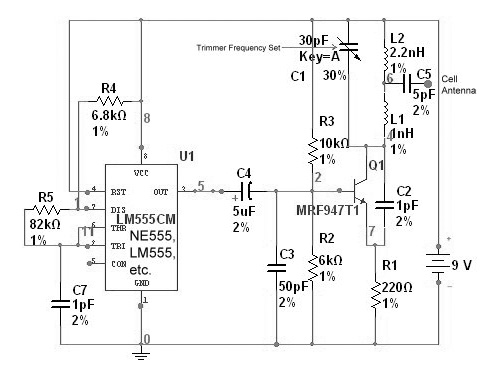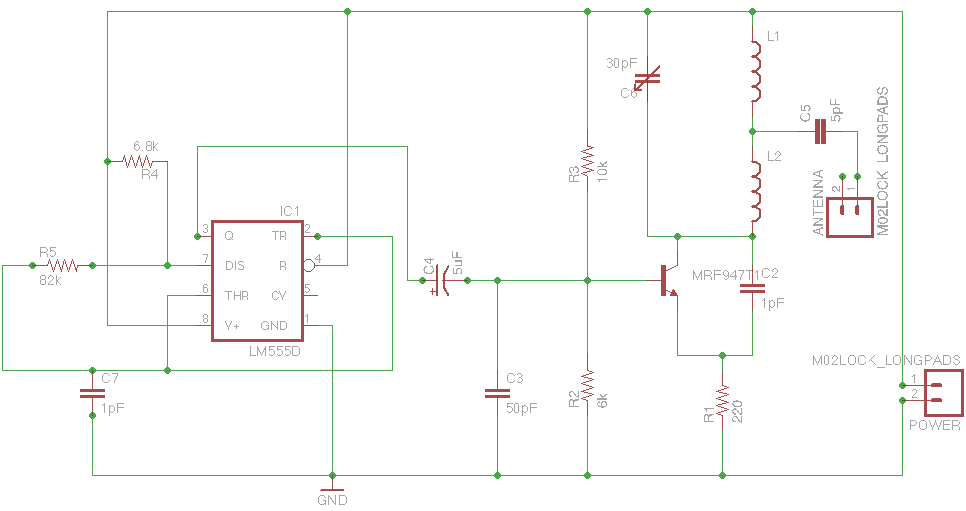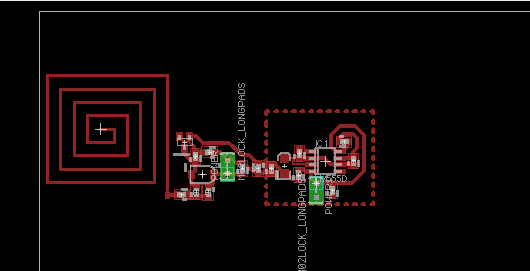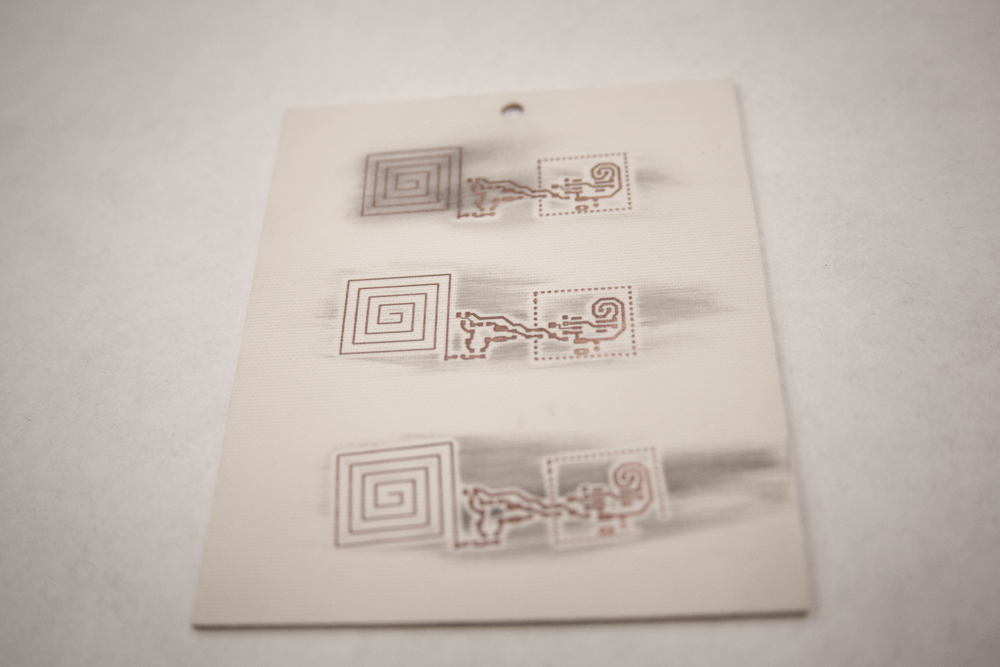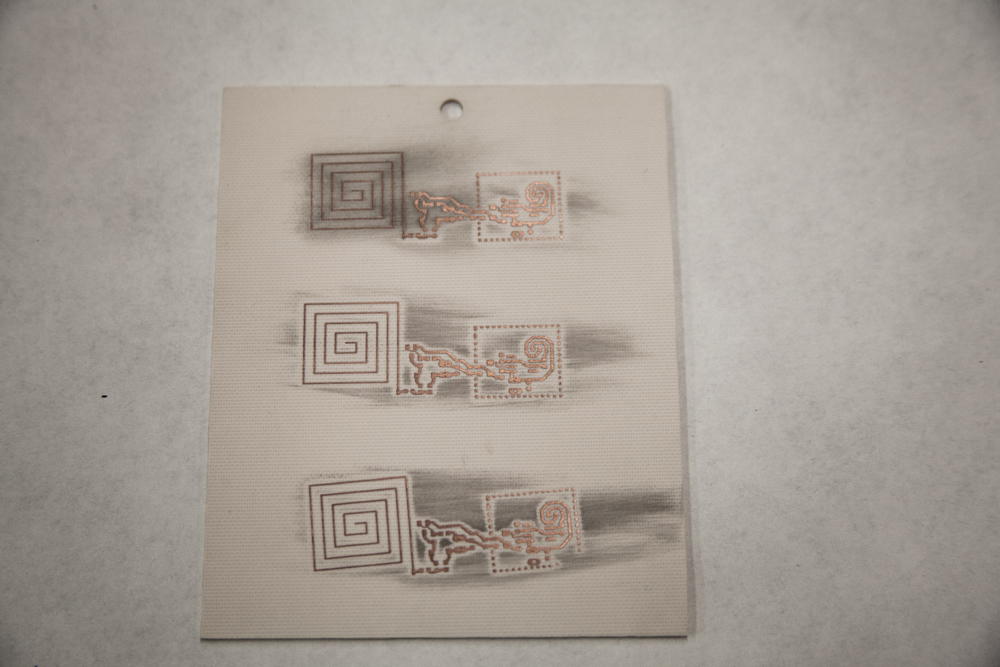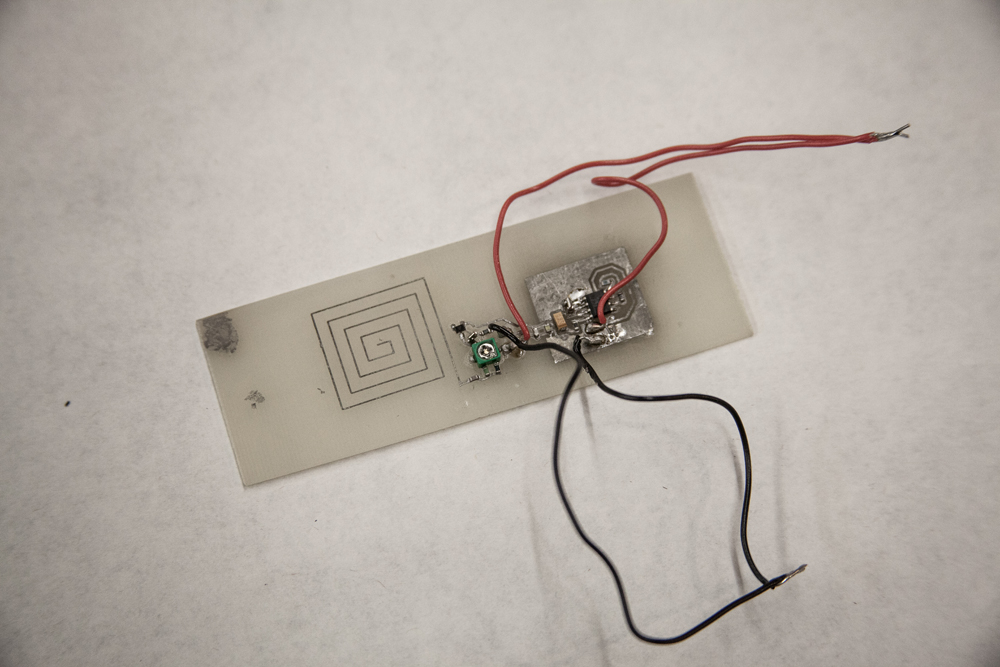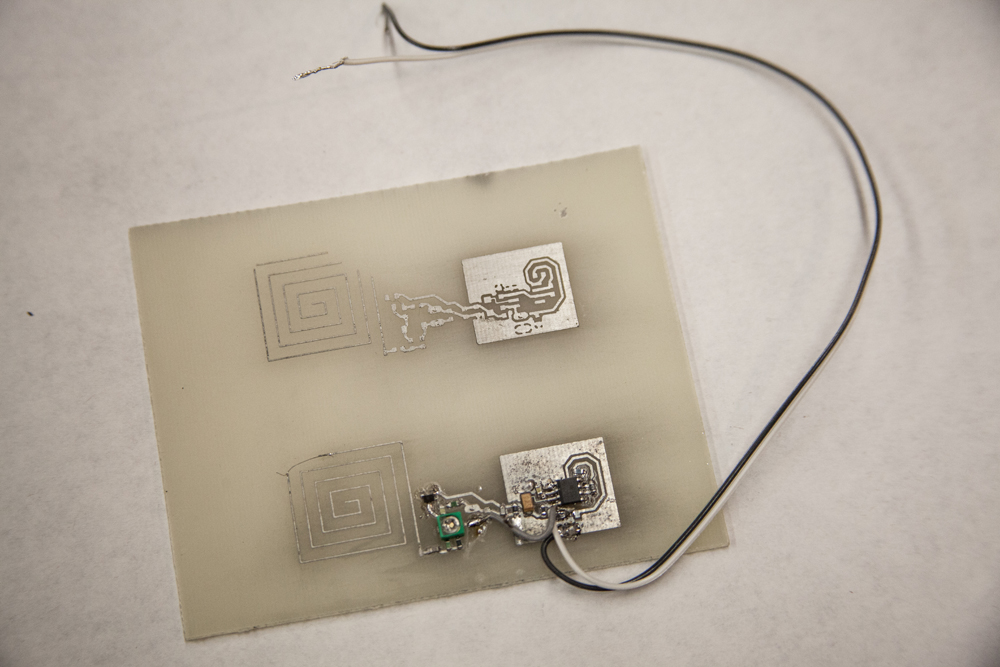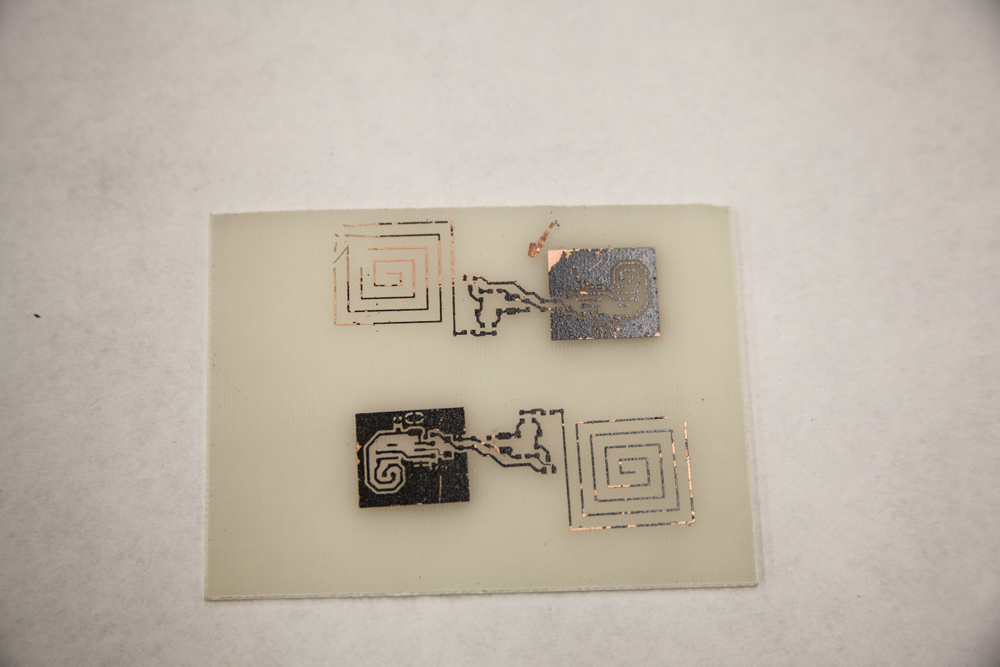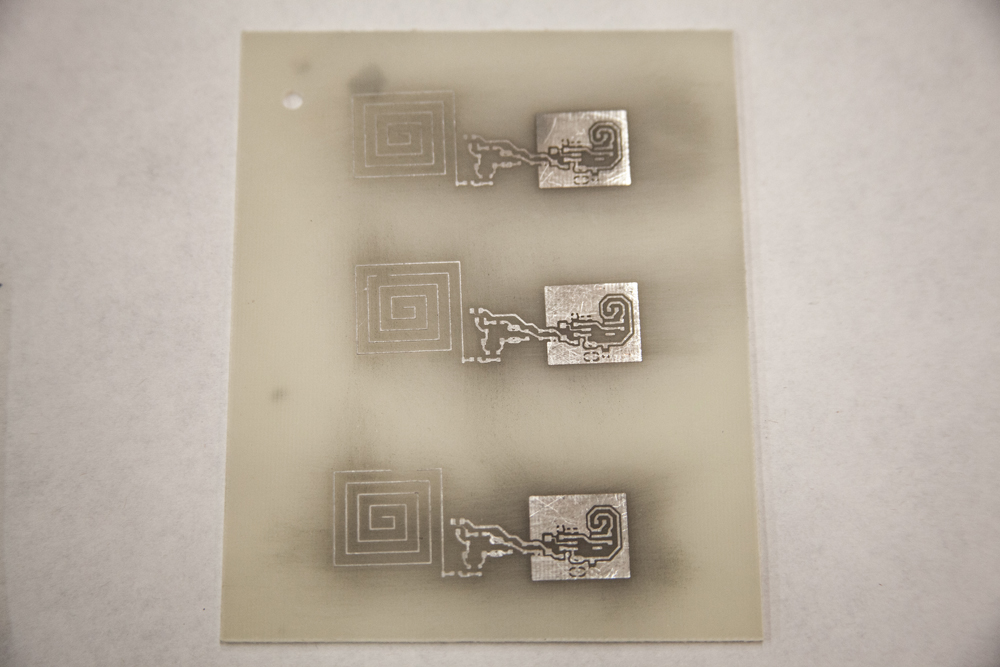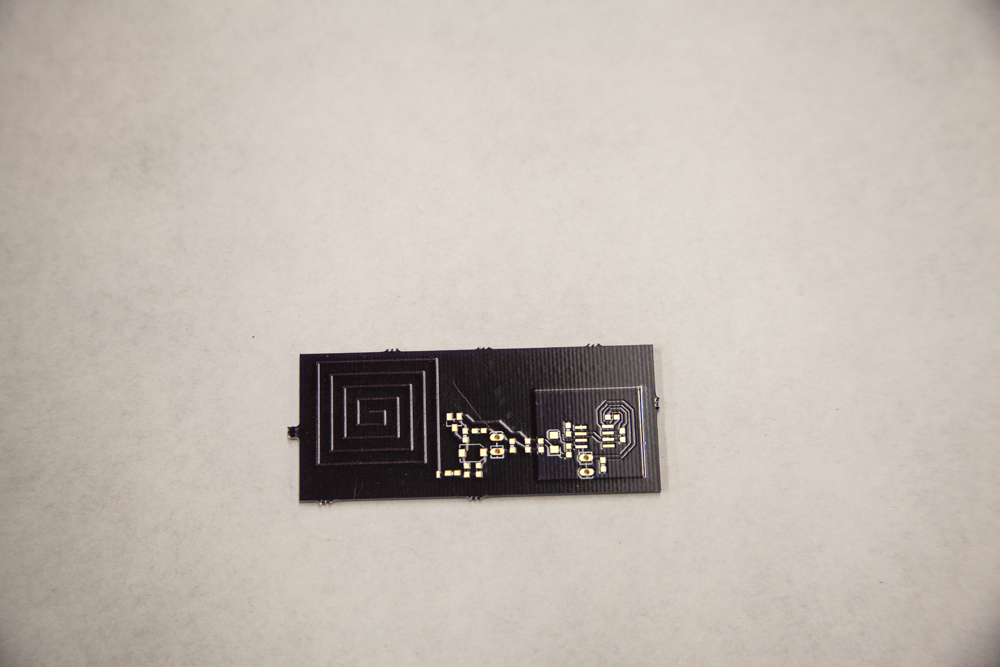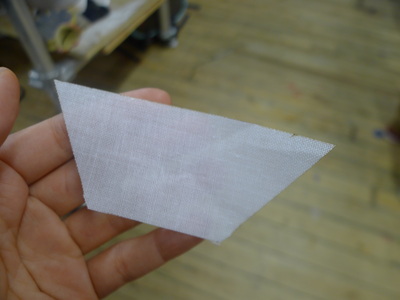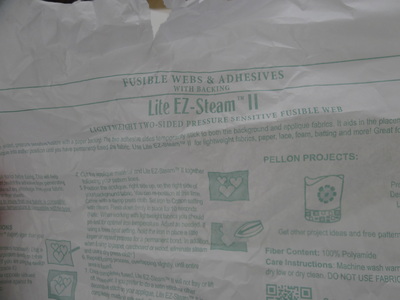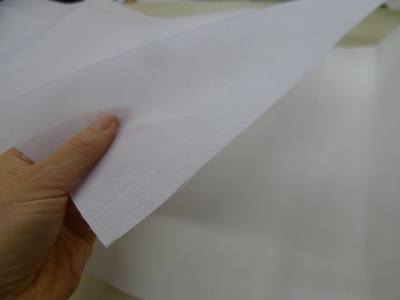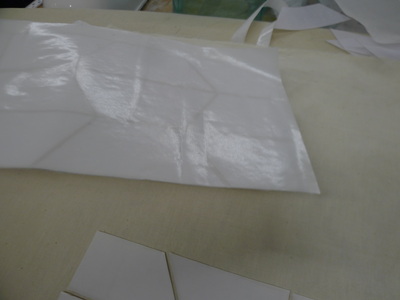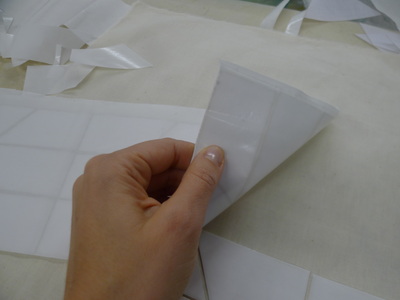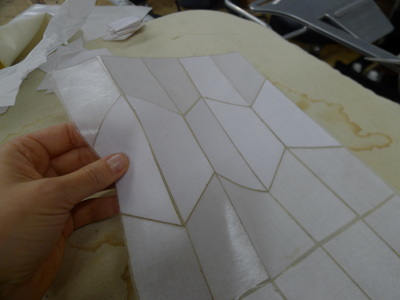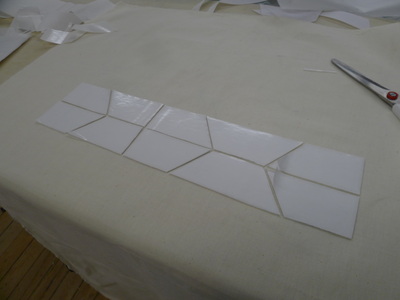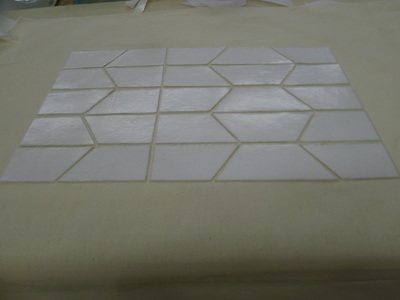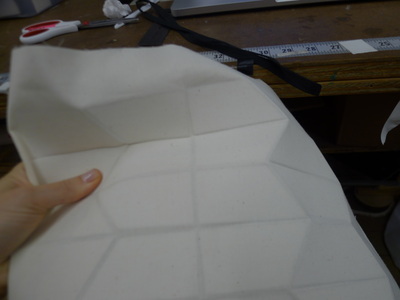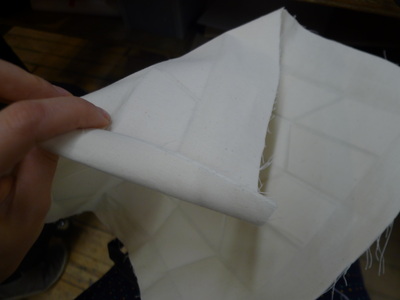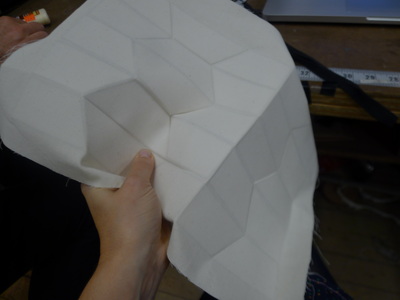Protective Wearable
For Production Studio, I decided to work on a wearable project that would cut the user off of the wifi and cellular networks. I focussed on:
I worked on both aspects simultaneously and tried to combine them. In doing so, I realized that wearable electronics prototyping was a problem and this led to my thesis Woven Signals. This protective wearable project also led me to start working with surface mount circuitry and to work as a student researcher with Eric Rosenthal whom I assisted in setting up a circuit prototyping station.
Concept
I explored the concept of security object. I made a presentation at the Crit Group and received good comments. Here are my presentation slides.
The comments I received were mainly to discard the use of data to build the shape of the object. People thought it was contradictory with the idea of an object soothing anxiety. That holding an object that has a general social meaning was taking it away from its intimacy purpose. I agree with that and will let go of this idea.
Object functions
In the beginning, I wanted to build an object that was connected to the Web. It was a combination of software and hardware that was your own little network. I have been questioning this approach and I now favor the opposite. I think we now have an overload of archiving our lives through tools, and I want to invite people to go out of this self-mediating state. The main properties of the project will be:
- developing a textile surface that would be use for the wearable structure;
- the cellphone jammer circuit that would create noise on the networks frequencies and cancel them.
I worked on both aspects simultaneously and tried to combine them. In doing so, I realized that wearable electronics prototyping was a problem and this led to my thesis Woven Signals. This protective wearable project also led me to start working with surface mount circuitry and to work as a student researcher with Eric Rosenthal whom I assisted in setting up a circuit prototyping station.
Concept
I explored the concept of security object. I made a presentation at the Crit Group and received good comments. Here are my presentation slides.
The comments I received were mainly to discard the use of data to build the shape of the object. People thought it was contradictory with the idea of an object soothing anxiety. That holding an object that has a general social meaning was taking it away from its intimacy purpose. I agree with that and will let go of this idea.
Object functions
In the beginning, I wanted to build an object that was connected to the Web. It was a combination of software and hardware that was your own little network. I have been questioning this approach and I now favor the opposite. I think we now have an overload of archiving our lives through tools, and I want to invite people to go out of this self-mediating state. The main properties of the project will be:
- The project disconnects you from Networks. It is your personal firewall;
- It has a comforting and comfortable shape;
- It is either a wearable or a tool you can use at home;
- The object is compelling and soft. You can cuddle with it, hold it, squeeze it;
- The object remembers you. It know it is you.
- it will emit noise for the frequencies I want to disrupt:
cellphone network: 700Mhz to 1.9Mhz
wifi networks: 2.4Mhz - circuit: here is the model for the circuit I want to build:
- antenna: the antenna will be made of conductive thread embroidered on the object fabric. The antenna will look like this or like this. Depending on the pattern of the antenna, it will be visible or hidden underneath the top of the fabric.
- Shape of the object: I have been exploring origami folds and want to apply this approach to my object/blanket. For now, I have been testing with plexis and it creates a really nice effect. The result is flexible and holds shapes. Here are examples of what looks the most like what I want to do: I really like this t-shirt project. This is interesting because last semester I build a panther head with foamcore triangles. There is also this curtain project that uses origami.
SURFACE MOUNT CIRCUIT
Inducers
L1 – 1nH
mouser
L2 – 2.2nH
mouser
Capacitors
C1 – Variable capacitor 30pF 30%
mouser
C2 and C7 - 1pF 2%
mouser
C3 – 50pF 2%
mouser
C4 – 5uF 2%
this?
C5 – 5pF 2%
mouser
Resistors
R1 – 220 ohm 1%
mouser
R2 – 6k ohm 1%
mouser
R3 – 10k ohm 1%
mouser
R4 – 6.8k ohm 1%
mouser
R5 – 82k ohm 1%
mouser
Timer
LM555
mouser
Transistor
MRF947T1 – High frequency transistor
West Florida components
Here is the schematic I did in Eagle.
Inducers
L1 – 1nH
mouser
L2 – 2.2nH
mouser
Capacitors
C1 – Variable capacitor 30pF 30%
mouser
C2 and C7 - 1pF 2%
mouser
C3 – 50pF 2%
mouser
C4 – 5uF 2%
this?
C5 – 5pF 2%
mouser
Resistors
R1 – 220 ohm 1%
mouser
R2 – 6k ohm 1%
mouser
R3 – 10k ohm 1%
mouser
R4 – 6.8k ohm 1%
mouser
R5 – 82k ohm 1%
mouser
Timer
LM555
mouser
Transistor
MRF947T1 – High frequency transistor
West Florida components
Here is the schematic I did in Eagle.
Textile surface for wearable design
Here is how I would like the fabric surface to look like:
I used interfacing and origami folds to create a prototype.
Here is the final result:
